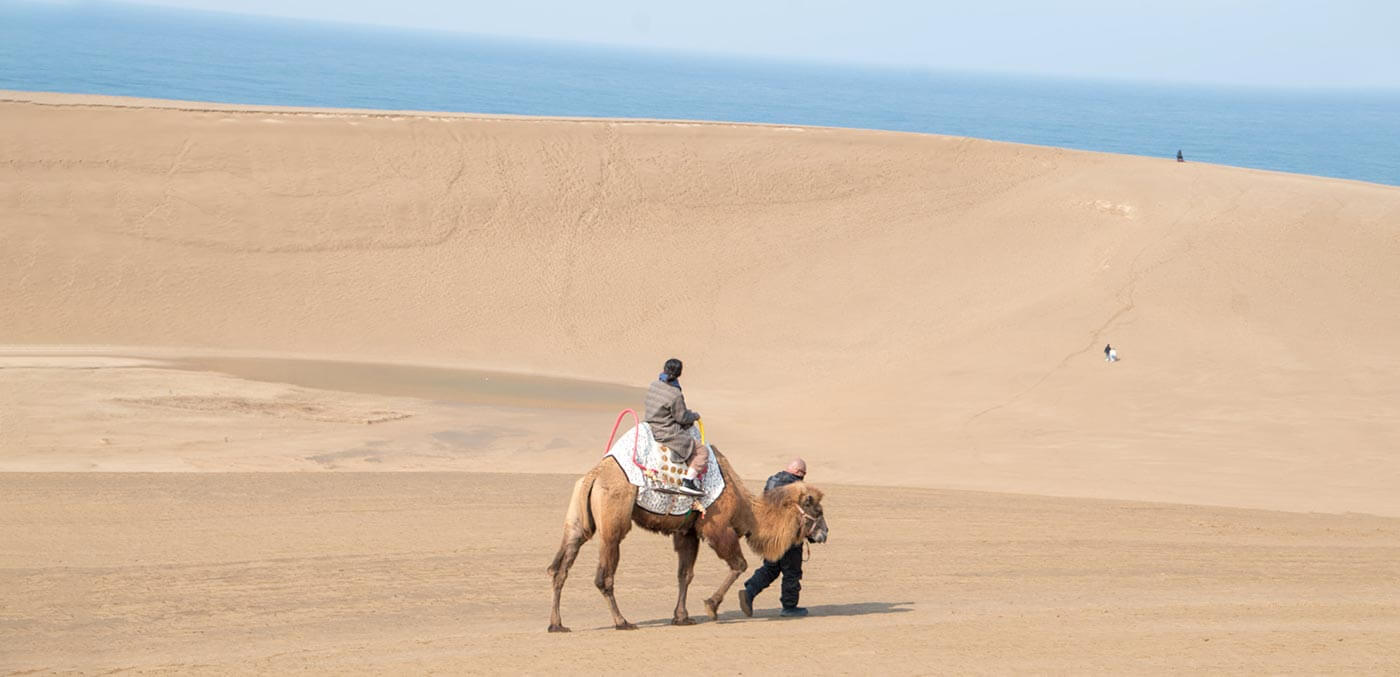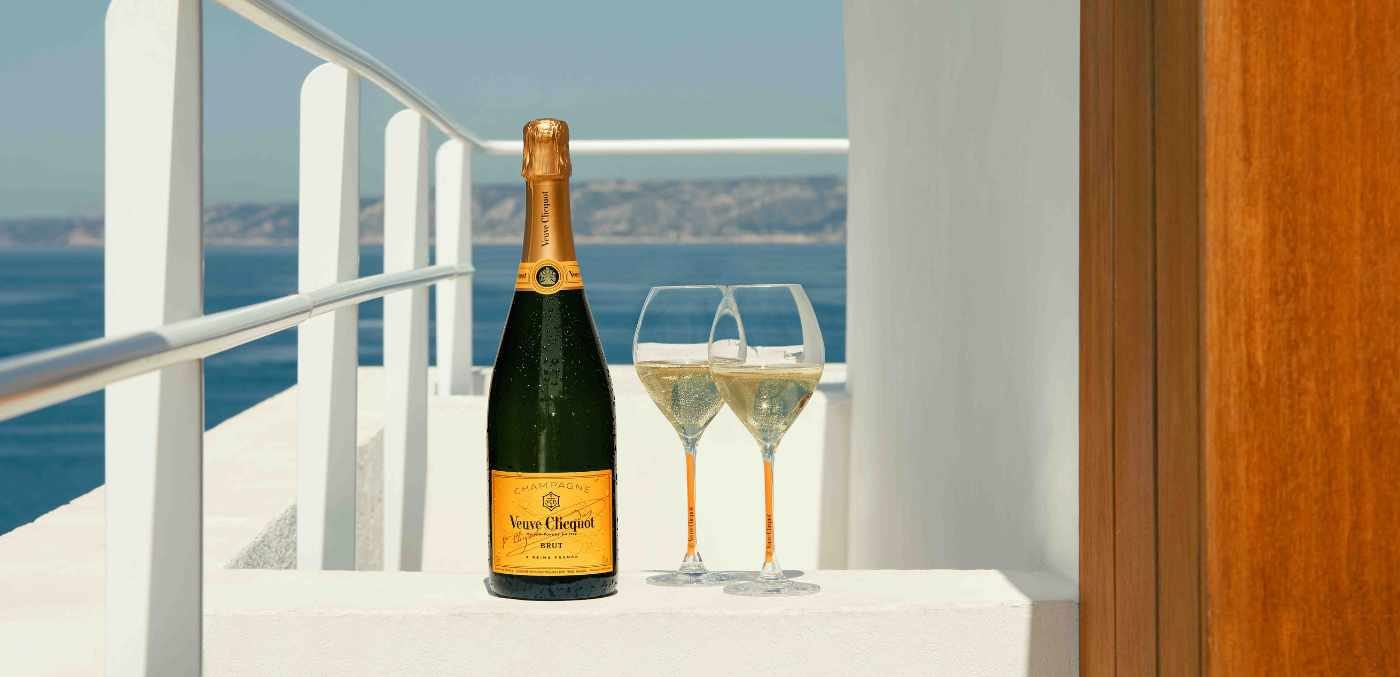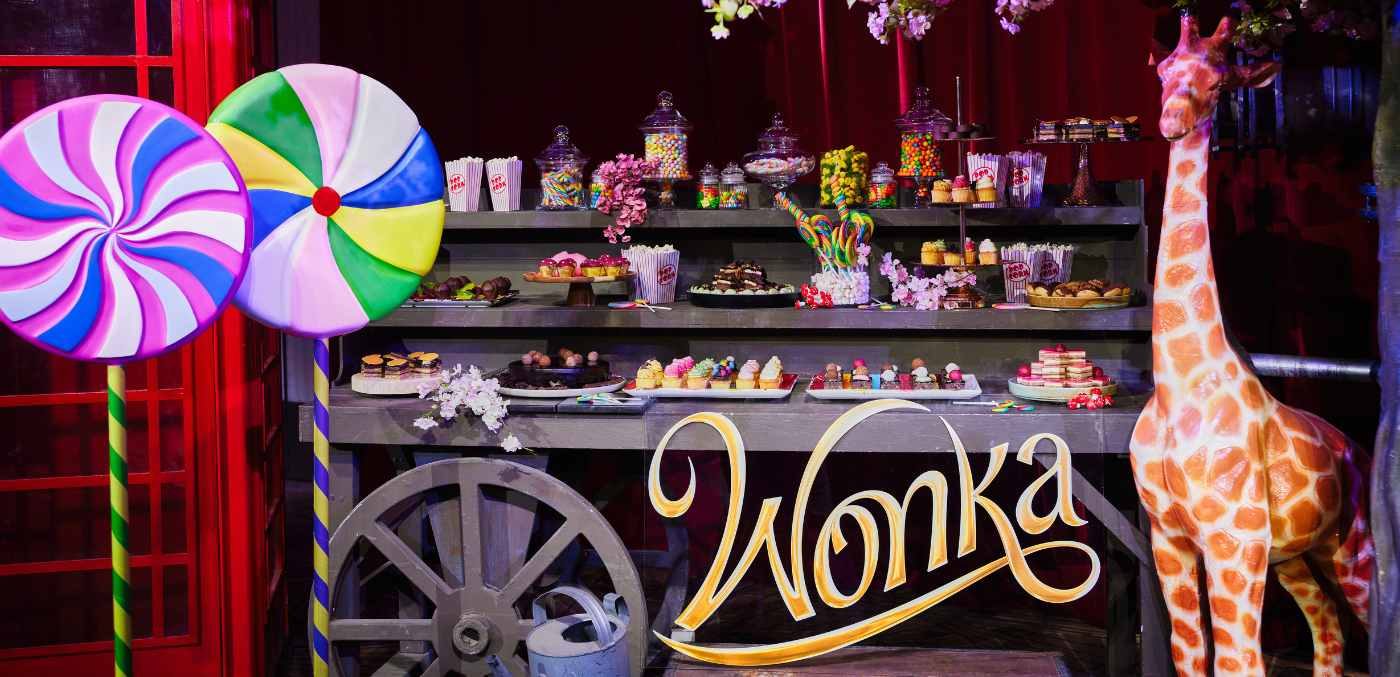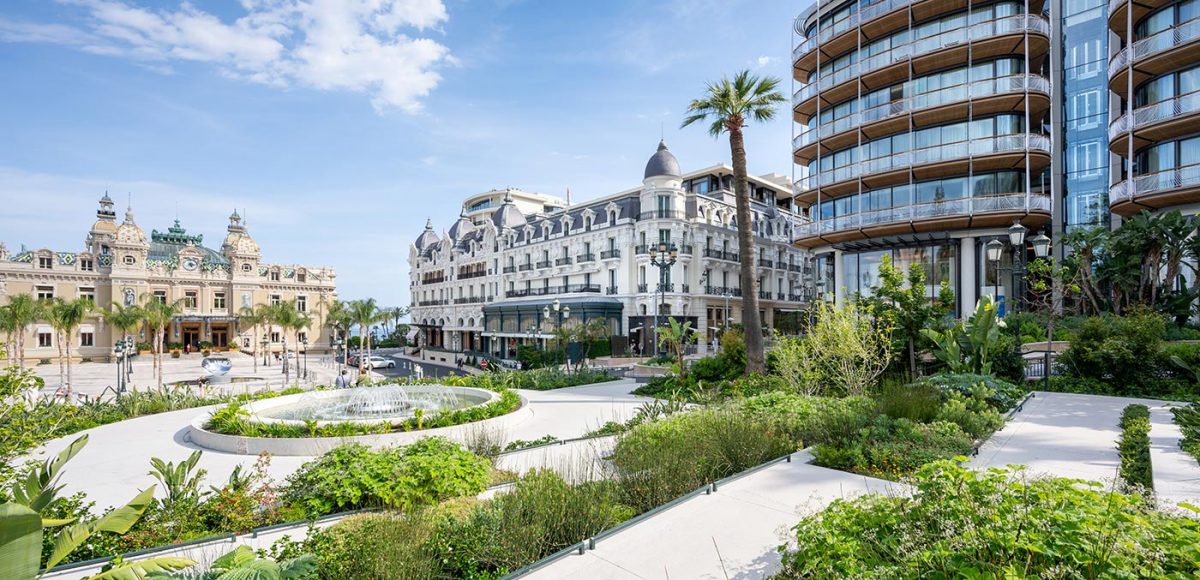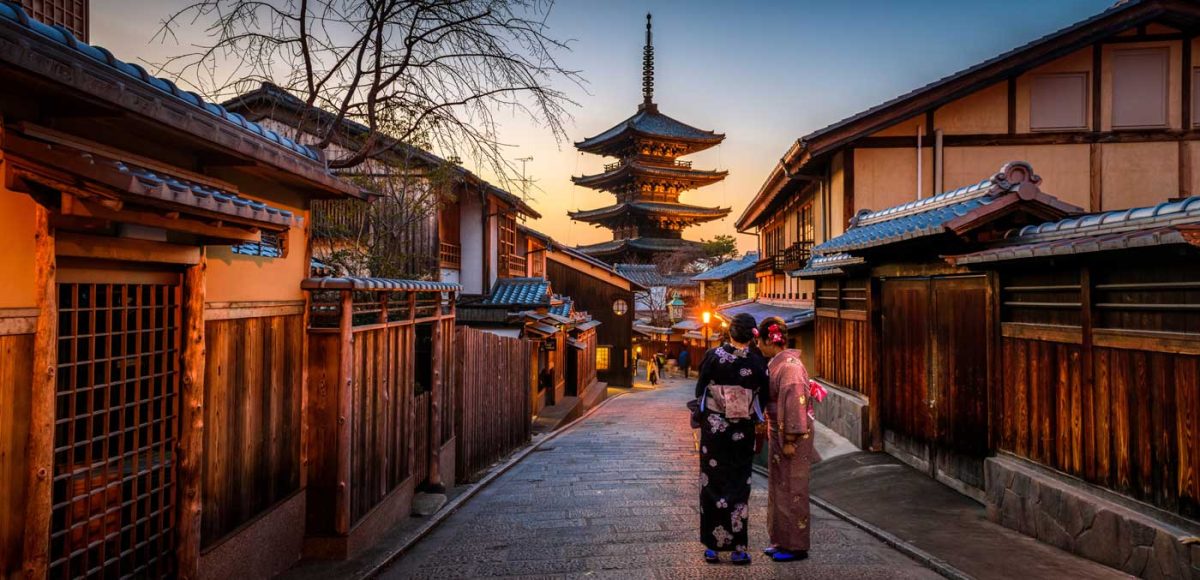Glamping in Kyoto, wagyu in Japanese kamakura igloos and mini-deserts… Kansai offer access to a Japan you didn’t know existed.
Regions, prefectures, islands – breaking Japan down into its geographical categories can be confusing, even for long-term residents, let alone visitors. But understanding, even loosely, how the maps fit together will make it easier to navigate this great, long land, and better appreciate the cultural nuances of each corner of the nation.
Prefectures are like a state: Japan has 47 in total. Many of the prefectures’ capital cities are eponymous. For example Tokyo, Osaka and Kyoto are all cities, but they can also refer to prefectures.
A region is a cluster of prefectures, and Japan had eight in total. They are Hokkaido, Tohoku, Kanto (home to Tokyo), Chubu, Kansai (also known as Kinki), Chugoku, Shikoku, and Kyushu.
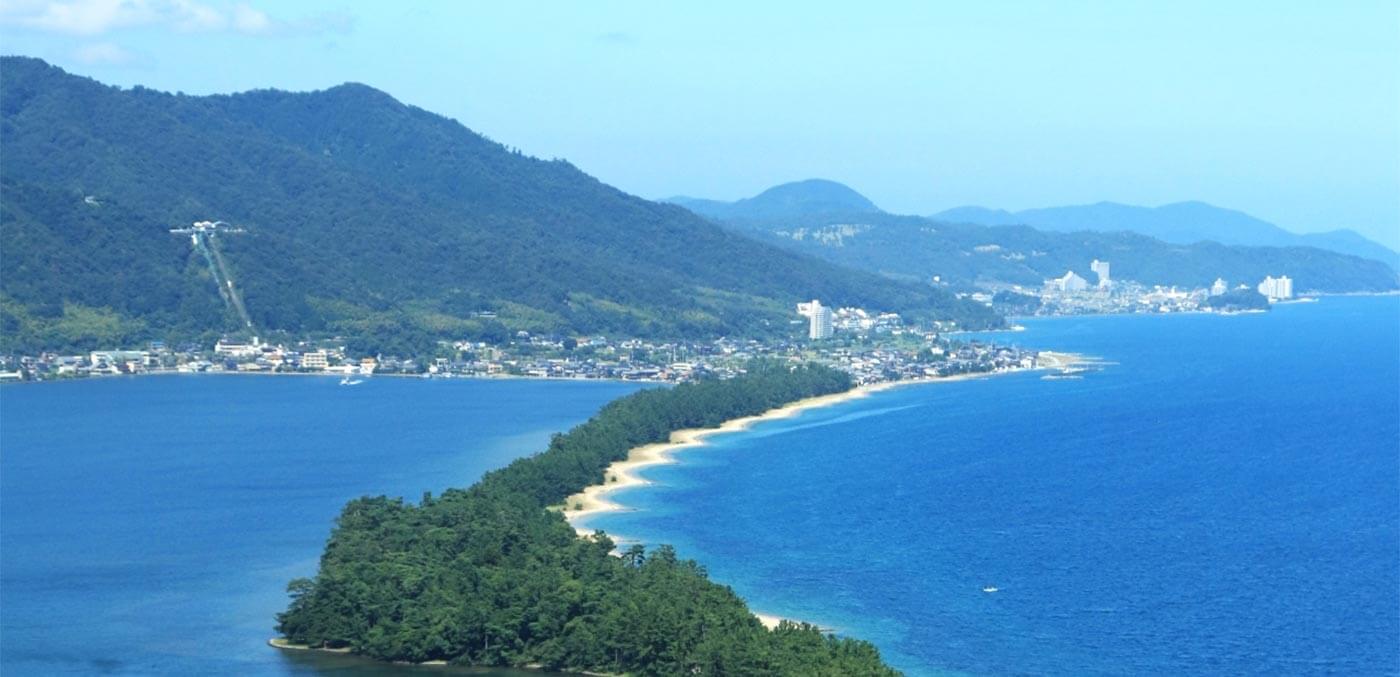
Each region in Japan, and prefecture, has unique features, culinary highlights, histories, legacies, and quirks. Home to no shortage of aforementioned features is the Kansai region, home to Osaka, Kyoto, Hyogo, Nara, Kobe and a few other cities. Kansai is Japan’s cultural and historical centrepiece.
From glamping in Kyoto to sand-dune surfing in Tottori and taking an impromptu ski trip to Hyogo, punctuated by a few onsen (hot spring) town visits, Kansai is the place to glimpse a side of Japan that goes deeper than the well-traversed tourist routes. Once you’ve seen Tokyo, make a beeline to the heart of Japan. Here’s a teaser of what’s in store on your next Kansai holiday.
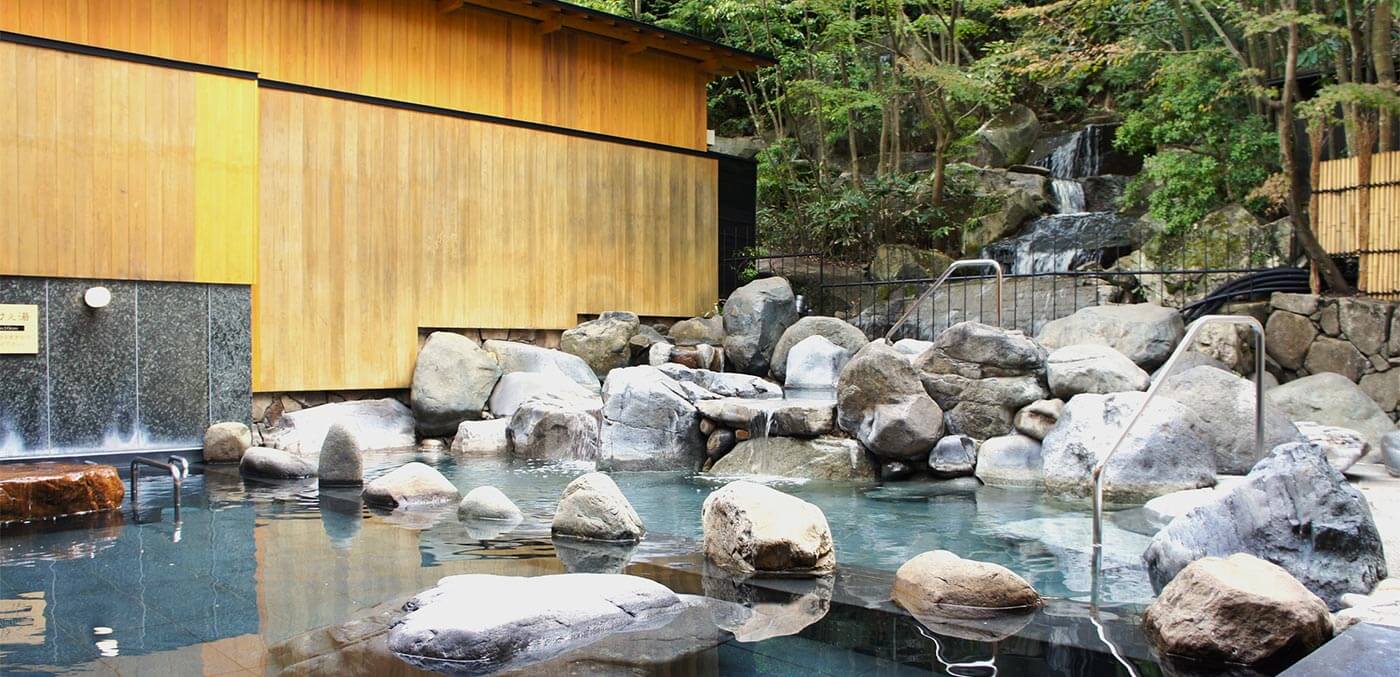
Tottori: Where sand dunes, crabs and Conan O’Brien collide
Tottori is a corner of Japan that’s famously ‘unfamous’. It’s the least populated prefecture in Japan, which is what made its appearance on late-night TV host Conan O’Brien’s eponymous show all that more memorable. As part of a semi-ongoing series, the comedy legend discovered Tottori was home to a manga character named Conan, as well as a ‘Conan Town’ amusement park. He later visited Tottori to battle it out, Conan vs Conan style, throwing the region into the global spotlight in the process.
Beyond the fleeting flirtation with TV fame, Tottori’s sand dunes are its main attraction, luring travellers toward the area. The largest of their kind in Japan, these massive dunes span 2.4 kilometres north to south, 16 kilometres east to west, bordering the coast along the Japan Sea. Formed from sand from the Sendaigawa River over thousands of years, they’re like nature writ large, measuring 50 metres high at some points. This is a great place to come for adventure activities – think camel riding, sand-boarding and fat biking. It’s a novel spot for photos and a mini-endurance test climbing to the top.
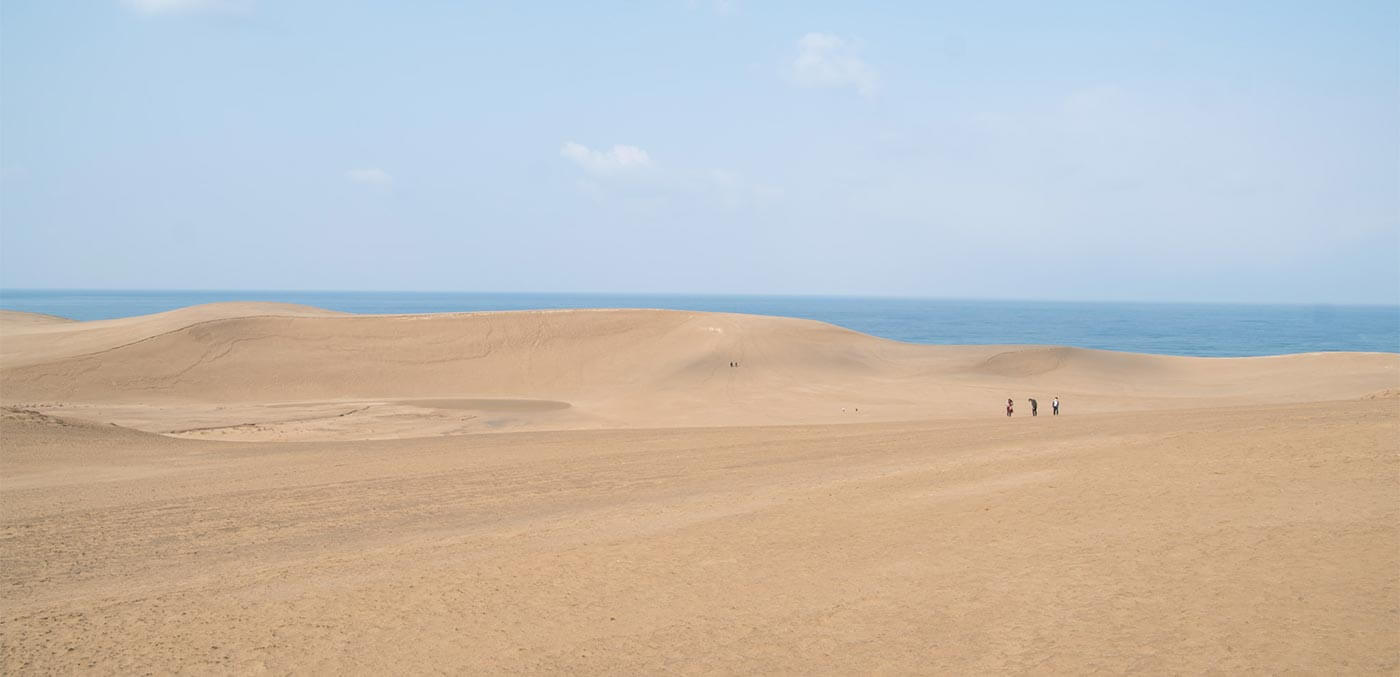
If an afternoon of exploring the dunes has you hungry for more adventure, kayaking around Tanegaike pond should be on the cards. Located adjacent to (and formed by) the dunes, this setting is a sparkling lagoon filled with clear water that trickles down from the mountains. Stunning soft pink waterlilies bloom across the surface.
If there’s one Tottori culinary delicacy to try, it’s crab. The region’s reputation for being home to the most succulent snow crab – called matsuba – in Japan is justified. It’s at its best (and sweetest) in winter, and we recommend you try it in the most decadent fashion: in degustation. Located in the centre of Tottori city, not far from the train station, is the traditional restaurant Hana Noren, whose crab course offerings take the guesswork out of deciding what to order.
Hyogo: Hot springs and ski fields
Flanked by Tottori on the left and Kyoto on the right, Hyogo prefecture sits in the realm of ‘repeat visitor’ destination status – first-time visitors to Japan may not touch down here, but return guests often make time to get familiar with the area.
Its capital city is Kobe, home to Kobe beef, the gloriously fatty and melt-in-your-mouth wagyu (Japanese beef) that commands culinary respect from around the world. In winter at the Tajima Highland Botanical Garden, guests can try Tajima wagyu inside a kamakura, essentially a snow house. Warmed by the sizzling yakiniku plates, it’s a surprisingly cosy and quaint culinary experience.
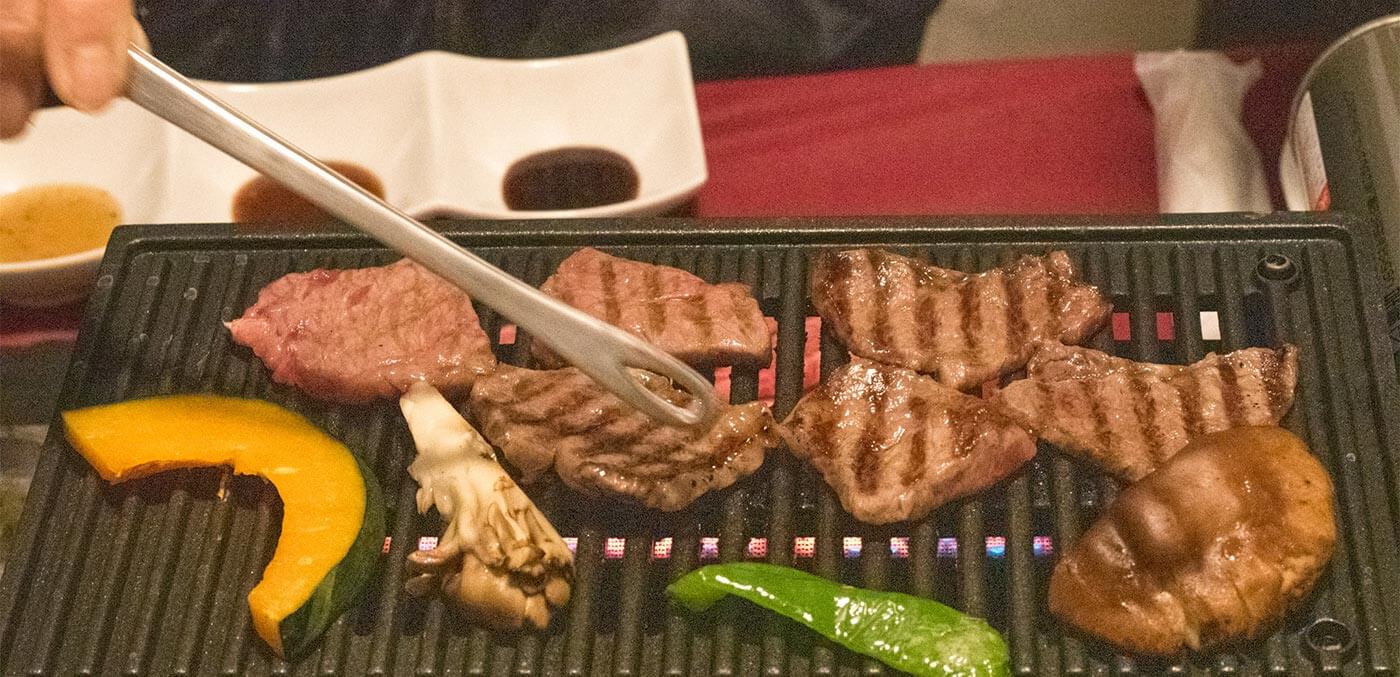
On the topic of quaint and cosy Hyogo experiences, Yumura Onsen is a town that ticks all the boxes. Its biggest appeal? It’s just a regular ‘everyday’ onsen (hot springs) town. Don’t expect stale hotels and built-up tourist-serving facilities here – just good-old fashion local charm, friendly residents and some quirky public cooking techniques on display.
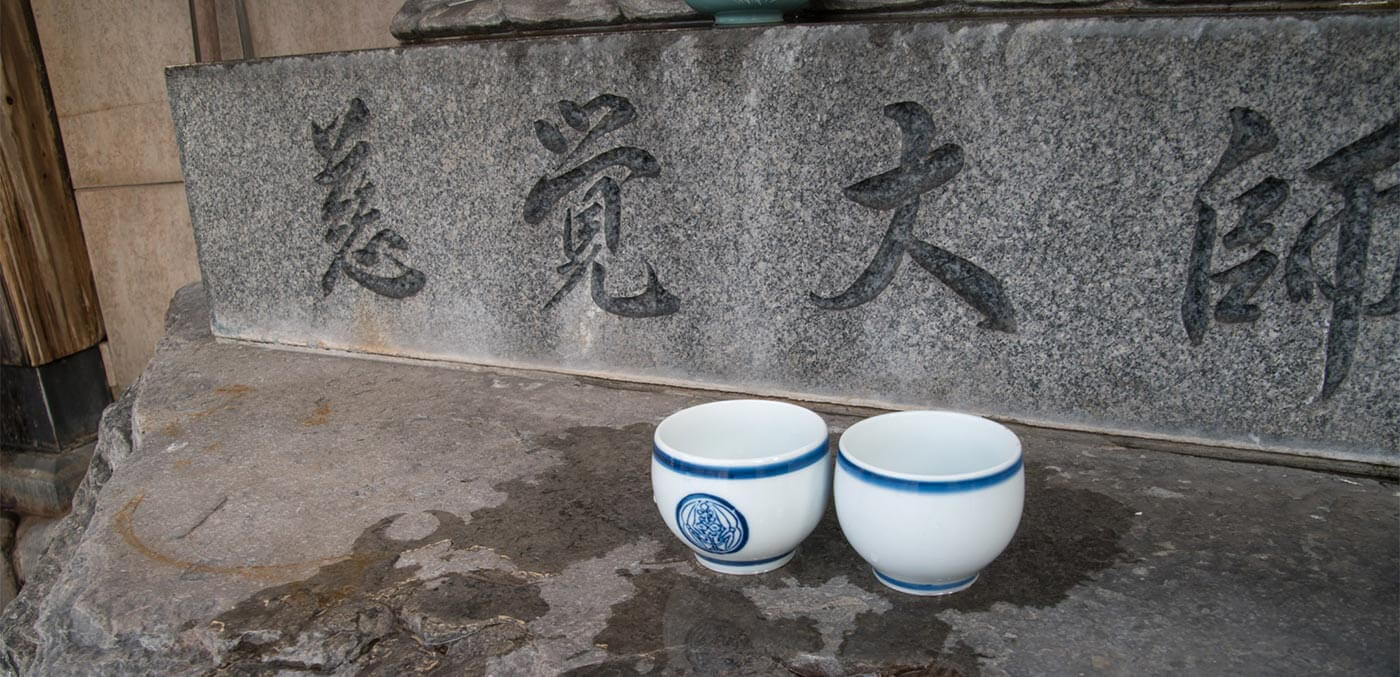
Yumura Onsen
Locals have been living with the 98-degree water pumping through Yumura since the Heian Period (848 BCE), and over time have found a novel way to make use of this abundant source of the mineral-rich flow. In the middle of the town, you’ll find open pits of water used for cooking vegetables, slowly turning bottles of condensed milk into caramel, and boiling an endless supply of eggs (known as onsen tamago) to perfection. Hyogo hens must be busy.
Ideal for that slow, secretive retreat, the town offers unique accommodation options. Guests can rent a six-bedroom house for as little as $360 for a month-long stay, to get a taste for life in Yumura Onsen, soaking up the charm of the town. It’d be hard not to turn a short-term stay into an entirely new life. If you’re shy about nude public bathing, the Refresh Park Yumura facility has swimsuit-friendly options.

Yumura is also an excellent place to base yourself when exploring the wider Hyogo area, as a 30-minute drive from Yumura is Oku Kannabe Ski Area. It’s a family-friendly ski resort that may not be the most exciting for experts, but is ideal for those who’d like to dabble in Japan’s winter culture. The resort is also home to a rental store and offers snow-banana-boat-style rides for those on the hunt for a thrill.
Like the big sister onsen town to Yumura, Kinosaki Onsen is the relaxation capital of Hyogo, sitting on the coast of the Sea of Japan; it’s populated by luxury ryokans (traditional inns), more humble accommodation options and a huge selection of public bath facilities. Staying at one of the town’s main accommodations – like the well-positioned Kawaguchiya Kinosaki RiverSide Hotel – will also give you ‘all you can bathe’ access to the rest of the onsen in town. Visit the nearby Hyogo Park of the Oriental White Stork in Toyooka City to learn the inspiring preservation and reintroduction tale of the near-extinct oriental white stork, and discover how its conservation projects have inspired the town to adopt organic faming methods.
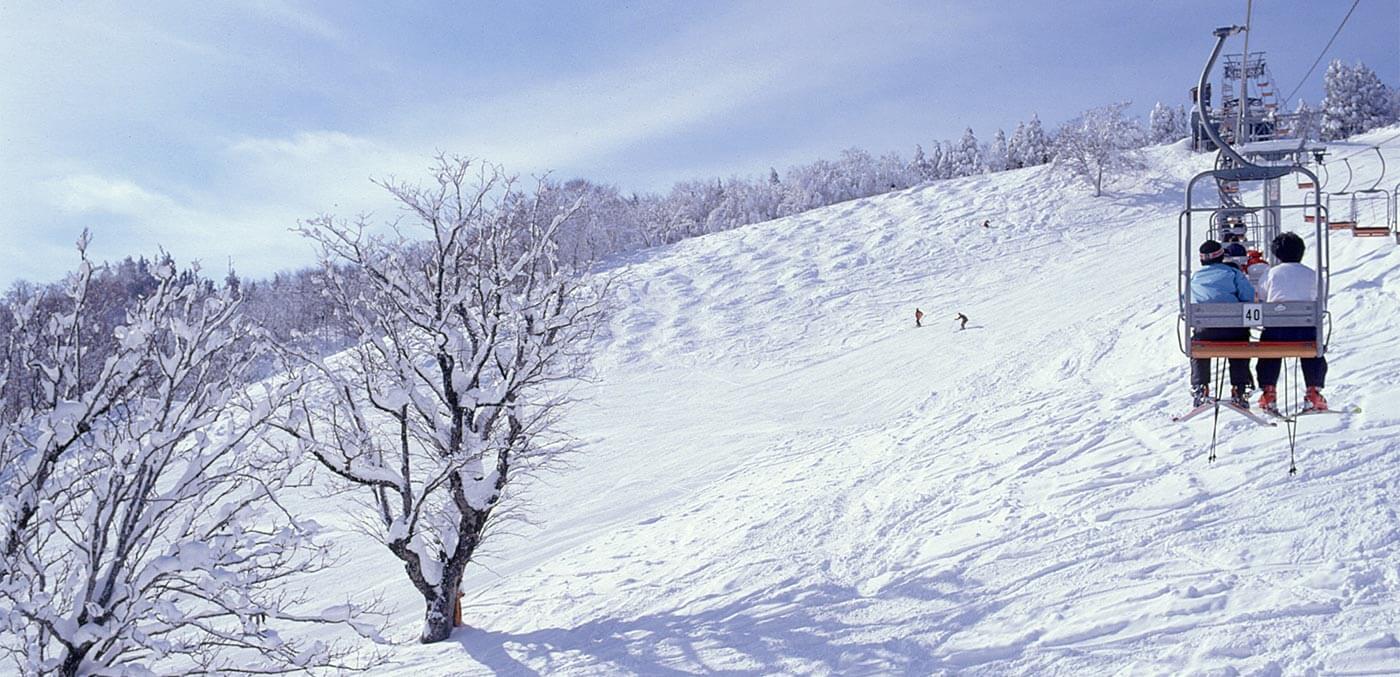
Kyoto by the sea: A side of Kyoto we bet you didn’t know existed
Kyoto prefecture is much more than Kyoto city, and Kyoto ‘by the sea’ is arguably as spectacular, inspiring and culturally rich as the capital itself. Kyoto is a regional area, home to excellent farming facilities and rustic energy that feels worlds away from the minimalist teahouses of the capital.
Capitalising on this rustic charm are Kyoto’s glamping options. In recent years – partly pandemic related and partly due to a change in travelling styles – the concept of glamping has gathered momentum across Japan. It offers international guests the opportunity to see the country in a new light, with the benefits of camping plus all the creature comforts you’re after.
Two glamping options within Kyoto with very different appeals are Deluxs Outdoor Resort Kyotango Kumihama Labo, and Farm Glamping Kyoto Amanohashidate. The former is nestled in the mountains of Kyoto, but it’s hard to miss with its Jurassic Park-esque features, including oversized dinosaur sculptures and massive dome tents, some of which come with their own personal jacuzzi. Farm Glamping Kyoto Amanohashidate, on the other hand, is a coastal escape, not far from Kyoto’s iconic ‘bridge to heaven’ Amanohashidate Sandbar. Highlights include beach views and farm-style experiences where you can barbecue their own burgers and chop firewood, if you’re like to get down and dirty.
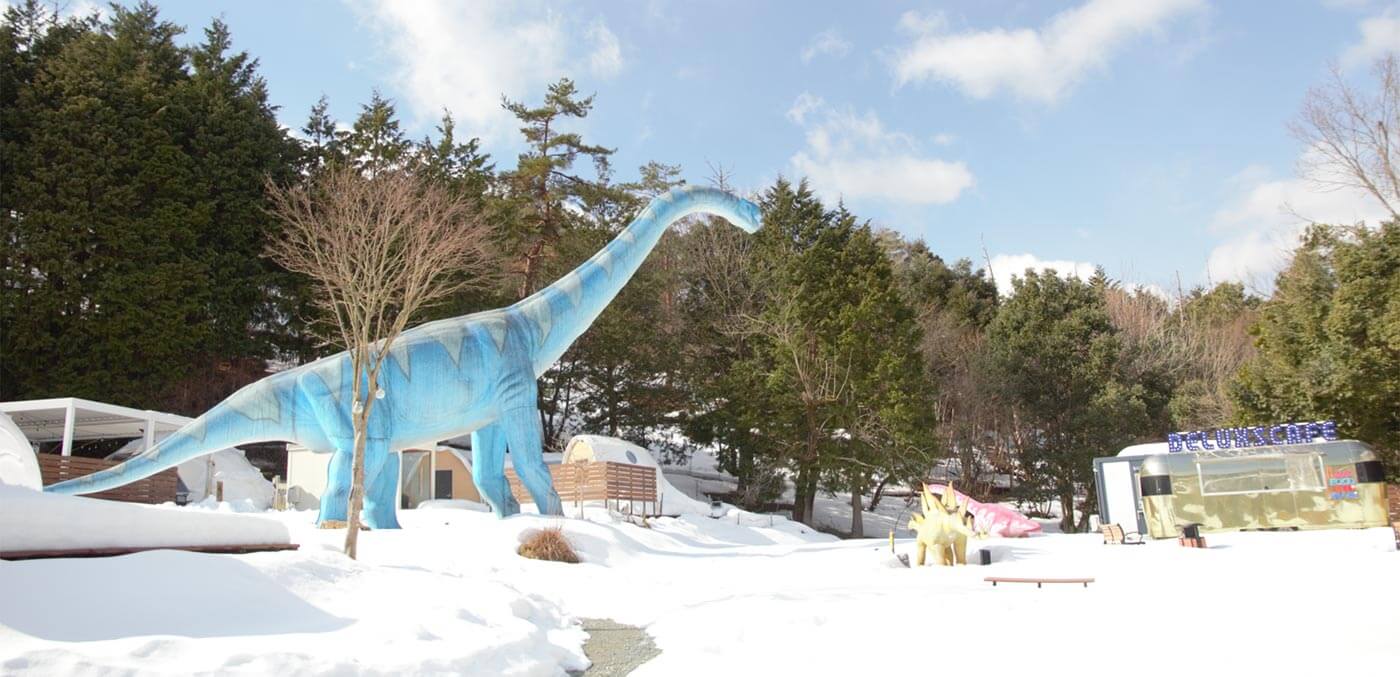
Also on the coast of northern Kyoto is a fishing village with a landscape that’d give the teahouses of Kyoto a run for their money when it comes to picturesque appeal. Ine is a village populated by a style of architecture known as funaya, which literally just translates to ‘boat houses’.
The funaya are classical-style, two-storey wooden buildings that jut out into the sea of Ine. The top floors are dedicated to living, while the first floor is a garage of sorts for the boats that are owned and operated by the town’s local fishermen and women. Today, some 230 funaya have been renovated and now operate as guesthouses where you can experience life, funaya-style, first-hand. The town also operates regular cruises throughout the day so you can see the town from a whole new, watery perspective.
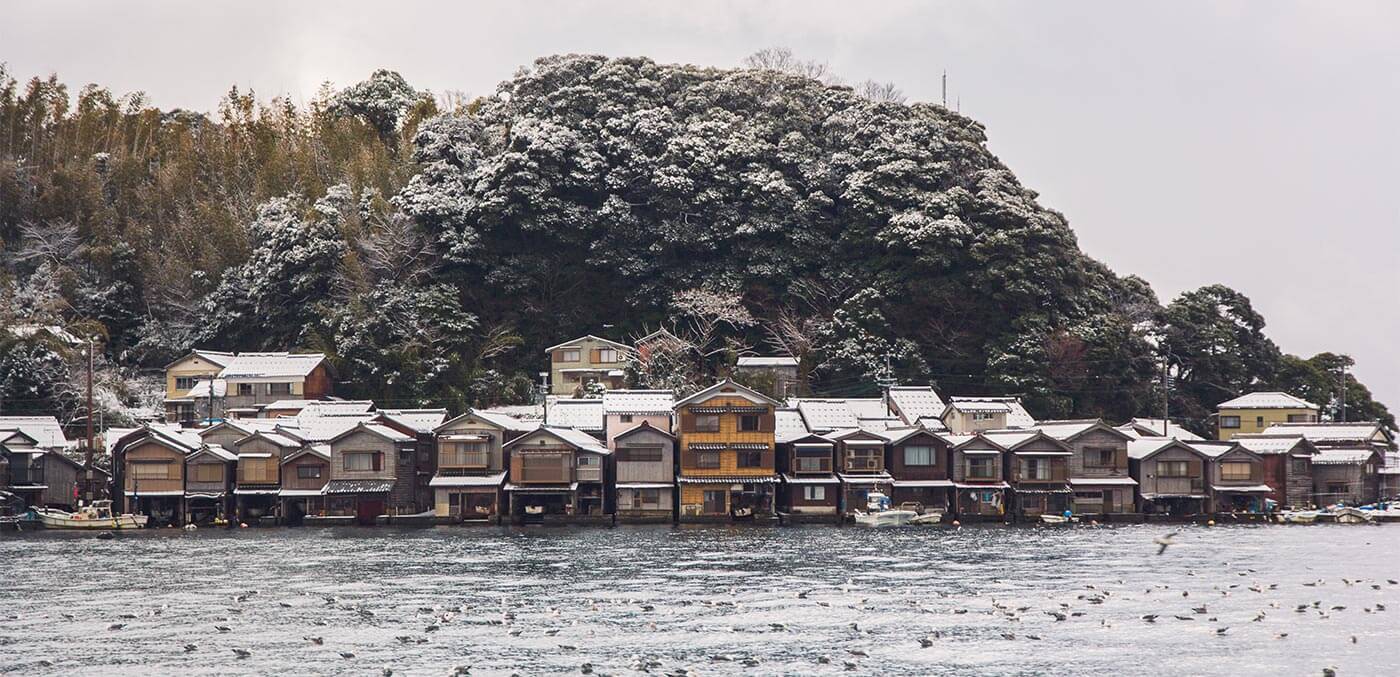
For a little more culture, Kyoto-style, there are two secretive destinations worthy of an itinerary addition. The first is Wakuden no Mori in Kyotango City. Designed by legendary architect Tadao Ando – the visionary behind many of Naoshima’s (art island) museums and galleries – Wakuden no Mori’s museum, Mitsumasa Anno House in the Forest, is a dedication to the folky watercolour art charms of Mitsumasa Anno. Also on the grounds sits Wakuden MORI, an elegant restaurant serving up cuisine that showcases the best ingredients from Kyotango, which is ideally positioned between the sea and mountains.
Chionji Monjudo Temple is the second little secret spot, sitting near Amanohashidate Sandbar, the icon of ‘Kyoto by the sea’. The temple sits at the southern entrance of the Amanohashidate Sandbar. It’s said to be a power spot for wisdom, frequented by students praying for good luck during exam seasons. Stores behind the temple sell a type of red-bean mochi called chienomochi, which, according to superstition, will make you wiser. A visit here is best combined with some time admiring Amanohashidate Sandbar from up high, the combination of experiences revealing the beauty of Kyoto’s nature, and the deep, fascinating legacy of its traditions. But not like you ever knew them before.
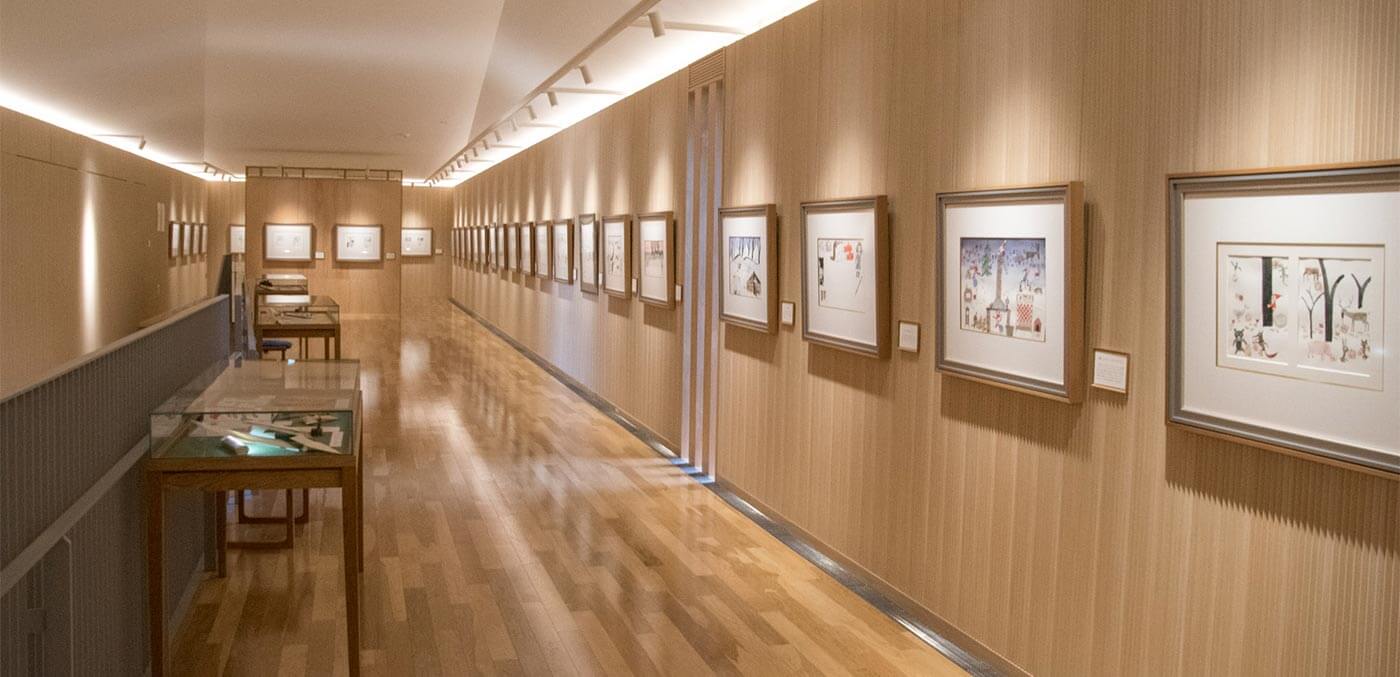
Getting to Kansai
Kansai International Airport (KIX) is the Kansai region’s key international transportation hub for those flying internationally and direct. The airport services a large part of Asia, including Singapore and Dubai, and has a direct flight service from Sydney. Given its global reach and the upcoming 2025 World Expo in Osaka, KIX has recently undergone a renovation complete with state-of-the-art COVID testing facilities and a multi-lingually staffed information centre for those looking for travel inspiration and guidance. There are also short-term accommodation and long-stay facilities like First Cabin capsule hotel and Café Lounge NODOKA, located within the airport.
Pro tip: Have you ever heard about specific travel insurance for Japan? Take a look at this website here for advice on how to prepare for a safe trip to Japan, with insights by the Japan National Tourism Organization.
For more information about North Kansai and the Kansai area in general, visit the Kansai Guide.
This Kansai article was produced with content supplied by KANSAI Tourism Bureau and is a Signature Luxury Travel & Style digital exclusive. Be the first to see more exclusive online content by subscribing to the enewsletter.







